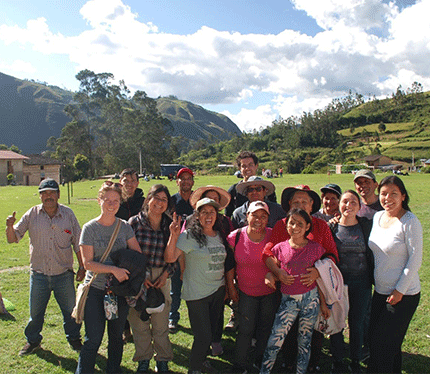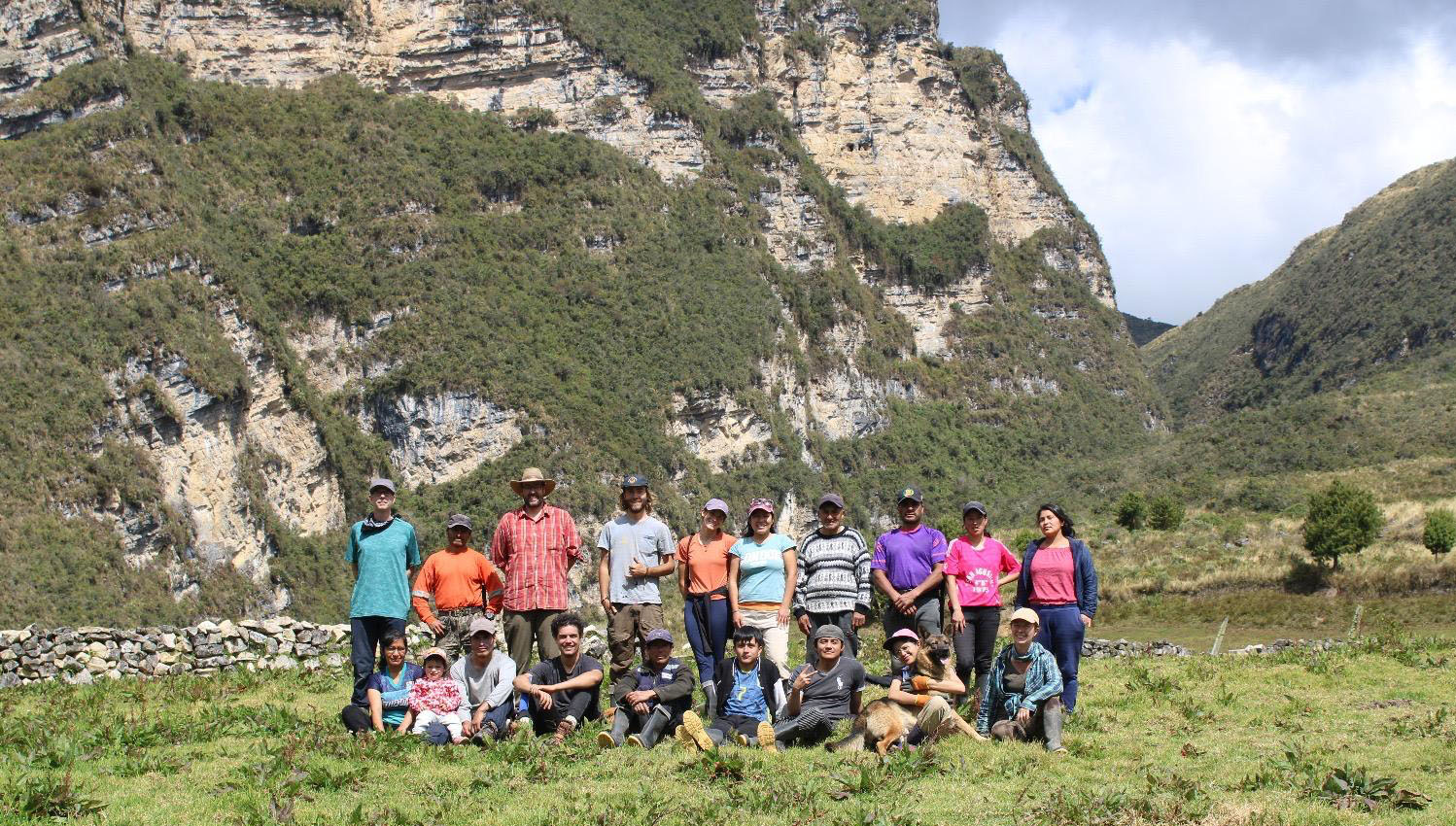The term “ethnobotany” refers to any type of use of plants by human beings. The term “ethno” refers to cultural customs, and “botanical” refers to plants. Ethnobotany covers the living traditions and customs of a population in areas such as:
The study of ethnobotany relies on knowledge of plants that comes from living traditional communities, and not only from scientific research. Many local communities around the world have a deep knowledge of plants that developed over many years of working with them on a daily basis for a wide variety of uses. Many communities still maintain these customs today, even in the face of the increased adoption of industrial products.
We are families from the communities of Leymebamba, Palmira, Dos de Mayo, and San Miguel. We are linked by our love of plants: many of us have been maintaining our gardens for a long time and are master growers. Since 2023, we have formed a formal group to develop and launch the Leymebamba Ethnobotanical Gardens circuit, under the leadership of the directors of the Tambillo Archaeological Project (PATA), the Leymebamba Communal Association for Tourism, Culture, and Environment (ACTCM), and the Forestry and Tourism Association (AFOTUR).
From the beginning, our goals have been simple: conserve native plants and traditional plant knowledge, present a unique experience for our tourists, and share our love of plants with peers from around the world.


The Tambillo Archaeological Project (PATA) represents an allied group of professional researchers from Peru and the United States, undergraduate and graduate students, and local residents. Under the leadership of Mag. Gianina Comeca Ramirez, Dr. James Crandall, Dr. Anna Guengerich, and Dr. Daniel Montesinos Tubee, we have been conducting archaeological and botanical studies in and around Leymebamba since 2016. Our project focuses on recovering the history of the Leymebamba district over the past two millennia, with a focus on environmental changes and the use of natural resources by local populations. The development of the Leymebamba Ethnobotanical Gardens was supported by a grant from the U.S. National Science Foundation awarded in 2020. Our publications and ongoing updates can be found on our Facebook page here: http://facebook.com/proyectoarqueologicotambillo
The Leymebamba Ethnobotanical Gardens are the result of our shared desire to develop better standards for tourism, based on our views as researchers and local people. As local residents, we wanted to promote a type of tourism where the proceeds directly benefit our community, rather than companies based in other parts of Peru or the world. And as researchers from Peru and around the world, we wanted to create a unique experience that would facilitate a deeper understanding of the community that would go beyond quick visits to individual tourist spots. Instead, we aim to facilitate direct interactions between the families who own the gardens and the visitors who come to see them, everyone involved can learn from each other.
The creation of a circuit of gardens, rather than a single centralized garden, was the outgrowth of these goals. With a circuit, visitors will have the opportunity to meander through different neighborhoods of Leymebamba, getting to know them little by little as they walk along the route. Visitors may also wish to stay a night or two in Leymebamba, which helps to support local businesses and to give them the chance to get to know a different part of the Amazonas region a little better. The decentralized route of the gardens also provides each of the families with the opportunity to continue to develop their garden and also to share their passion with visitors, promoting a more meaningful and personal experience for everyone.